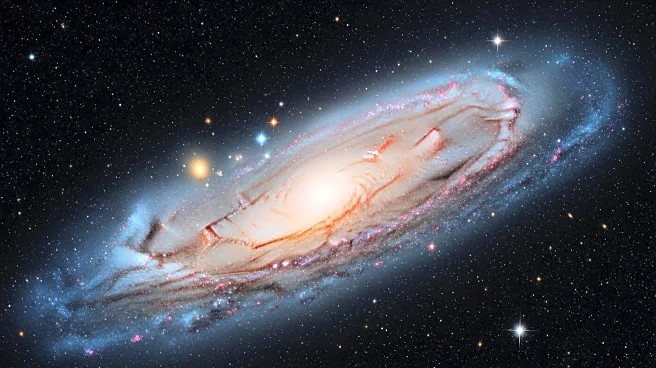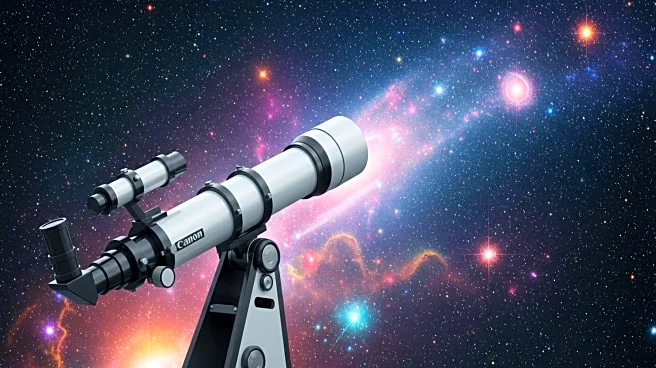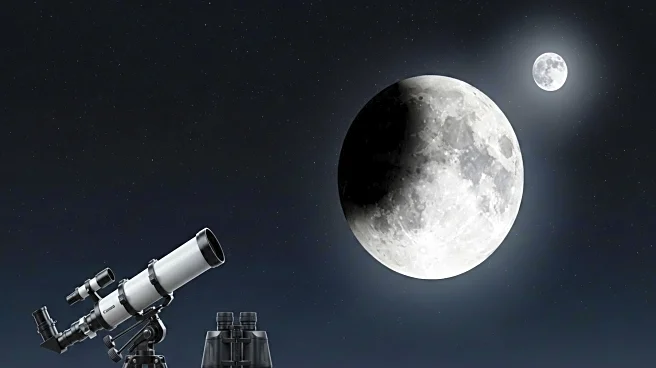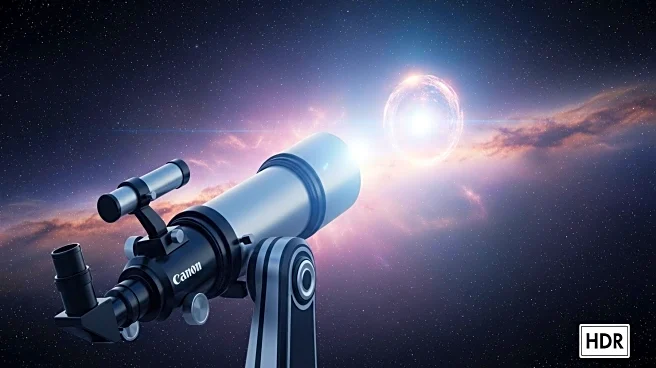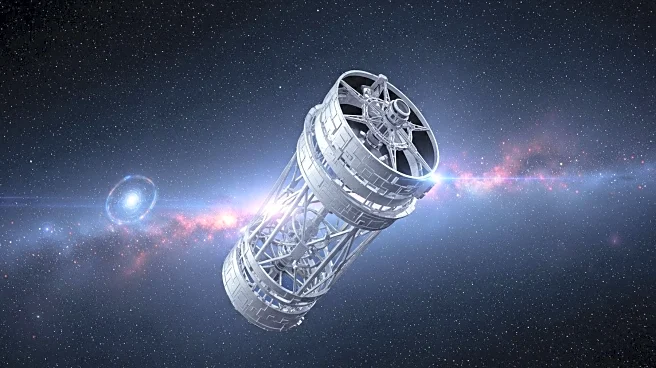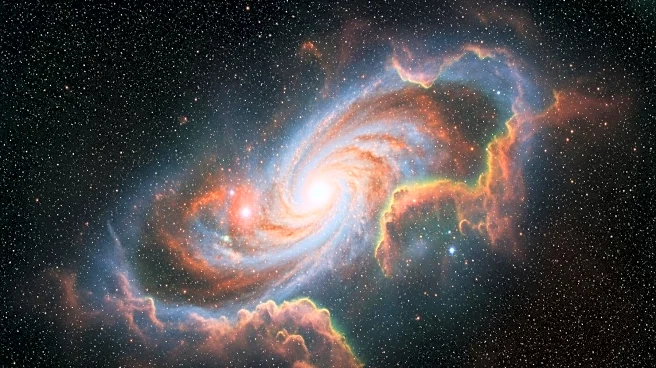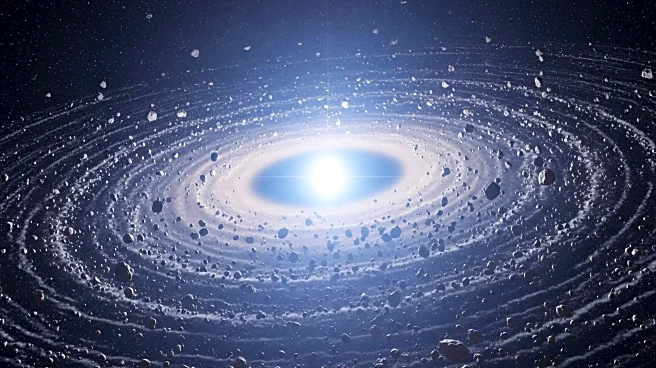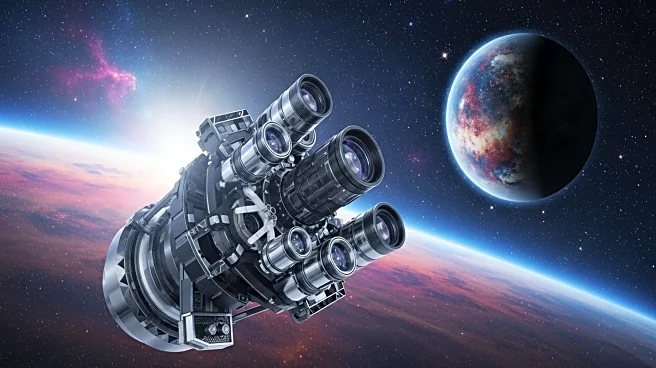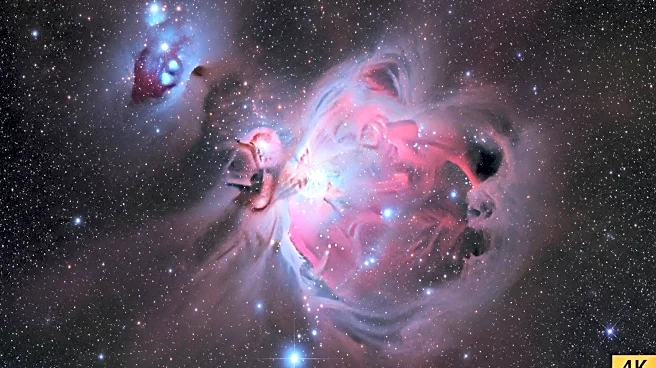What's Happening?
NASA's James Webb Space Telescope has discovered an unusually rich planet-forming disk around a brown dwarf named Cha Hα 1. This disk contains a complex mix of hydrocarbons, water, and silicate dust grains, indicating advanced chemical evolution. Brown dwarfs, often referred to as 'failed stars,' do not sustain hydrogen fusion like true stars but can host the raw ingredients for planet formation. The discovery suggests that even these stellar underdogs could support the formation of diverse planetary systems.
Why It's Important?
The findings provide valuable insights into the chemical processes that occur in planet-forming disks around brown dwarfs. Understanding these processes is crucial for predicting the types of planets that might form in such environments. The discovery of both hydrocarbons and oxygen-bearing molecules in the disk suggests a complex chemistry that could lead to diverse planetary compositions. This research enhances our understanding of planet formation beyond our solar system and could inform future studies on the diversity of exoplanets.
What's Next?
Further observations with the James Webb Space Telescope and other instruments will continue to explore the chemical composition and evolution of planet-forming disks around brown dwarfs. Researchers aim to understand how dust and gas interact within these disks to shape their development. This ongoing research could reveal new aspects of planet formation and contribute to the search for habitable worlds in the universe.
